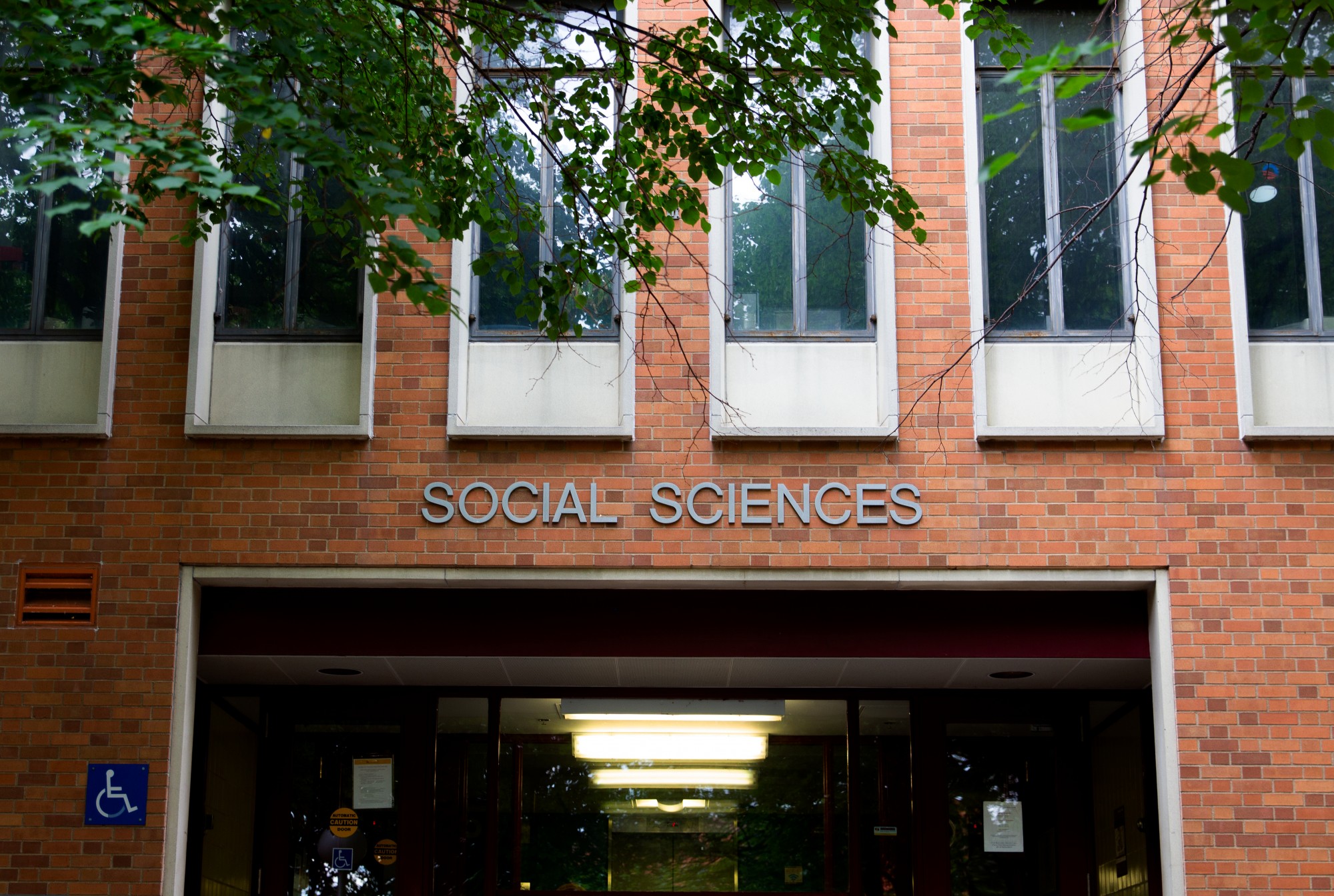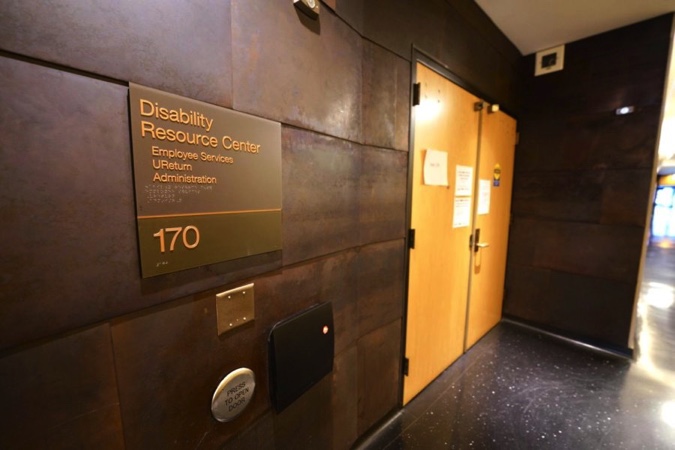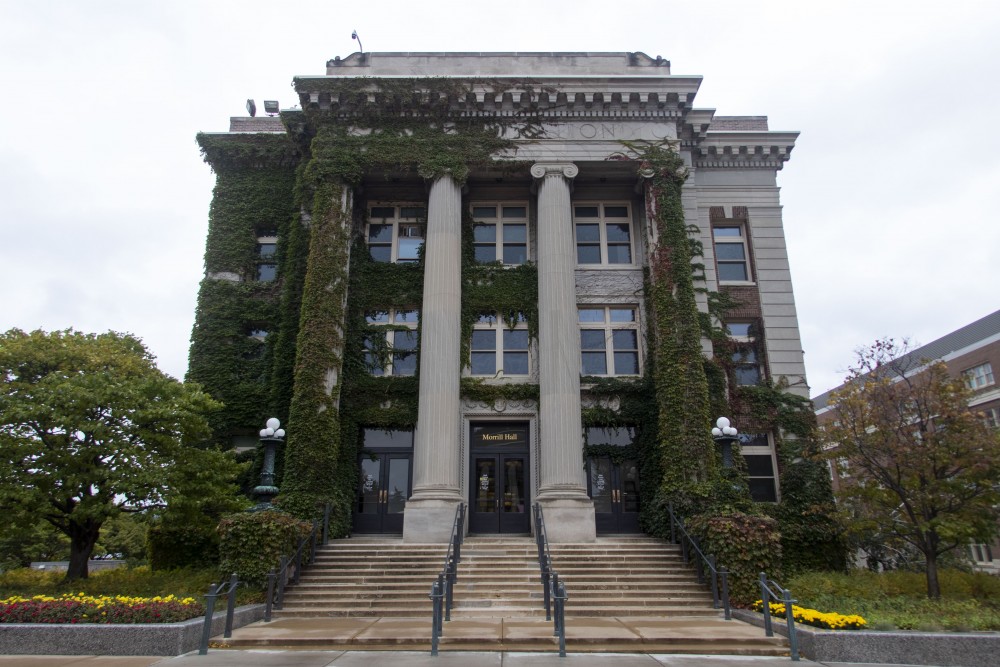The University of Minnesota Department of Environmental Health and Safety (UHS) reviewed Heller Hall and the Social Sciences building and found no environmental hazards in Heller Hall or the Social Sciences building for carcinogens following requests for investigations from department members.
Paul Goren, Chair of the Political Science Department (DPS), said colleagues reached out to him after receiving concerns of the cancers from a Facebook group with alumni Ph.D. students. Goren said he reached out to other College of Liberal Arts (CLA) departments to see if they had similar concerns.
“Political Science is housed in the social sciences building and has been for many years,” Goren said. “And so since a lot of these former Ph.D students of ours did a lot of work in our building, it was logical to sort of do the building inspection in Social Sciences.”
There are 16 recorded cases from the Political Department, with the earliest in the 1990s. Seven of the 16 are cases of breast cancer while others vary. The Department of History also recorded nine cases of cancer since 2015. Two of the cases are Leukemia while the rest vary.
Adam Krajicek, the director of UHS wrote to both Goren and History department chair Ann Waltner in March to address their concerns in a hazardous assessment report.
According to the report, the department evaluated the air handling units on eight different floors of the Social Sciences Building and six in Heller Hall.
Heller Hall and the Social Sciences were evaluated for Asbestos, Radon, mold and other chemical hazards that could possibly be linked to the cancers according to the report. Despite finding fungal growth and dust – which are not tied to cancer – there were no findings of environmental hazards, said the report.
“Overall, the conditions observed in both buildings were normal and no significant deviations were detected in any of the IAQ parameters tested,” Krajicek said. “The only issue found during the investigation was the presence of fungal growth (Cladosporium spp., a common outdoor mold) on air handling unit fan housing in both buildings.”
“Both departments indicated that they were concerned that there may be a higher cancer rate than normal in their respective populations, particularly in DPS Ph.D. students,” Krajicek said in the report. “CLA requested that UHS conduct a safety assessment of both buildings with respect to potential exposure to cancer-causing agents/conditions.”
Logan Spector, a pediatric epidemiologist and cancer cluster specialist from the University, said that cancer clusters are rare. Cancer clusters are an “occurrence over expectation” of cancer cases tied to a specific reason, which could include exposure to a specific carcinogen, he said.
“When you have a carcinogenic exposure, you’re going to expect particular cancers to be showing up,” Spector said. “For instance, people worry about Asbestos and ask whether Asbestos could have caused, say breast cancer, but Asbestos causes a very specific form of cancer called Mesothelioma, which is a cancer of the lining of the lungs.”
After consulting with Goren and UHS regarding the carcinogen concerns, Spector said a more thorough systematic review could provide a more definitive answer.
According to Spector, there would need to be a search for cancers among occupants and former occupants of the building, and a roster of everyone who has been through the building over some period of time. Then you would need to calculate a Standardized Incidence Ratio: expected number of cases over observed number of cases.
“You take a comparison population, likely would just pick the entire state of Minnesota and you apply the state of Minnesota’s rates to the population that we’ve enumerated and you come up with the expected number of cancer cases,” Spector said.
Next steps in the investigation are unknown at this moment, Goren said. He added that more information about potential carcinogens could lead to more investigations into the building
Current Political Science Ph.D. student, Zeke Wright, said that he is aware of around four or five cases in the Political Science department; although, it is not confirmed if they are listed in the report. Students keep in touch after graduation, he said, and can hear when alumni get sick.
“I’m satisfied with the investigation, although I don’t know that it necessarily rules out an environmental cause attributable to the Social Sciences building,” Wright said in an email to the Minnesota Daily. “There’s still a lot we don’t know about environmental health factors in my opinion.”





















